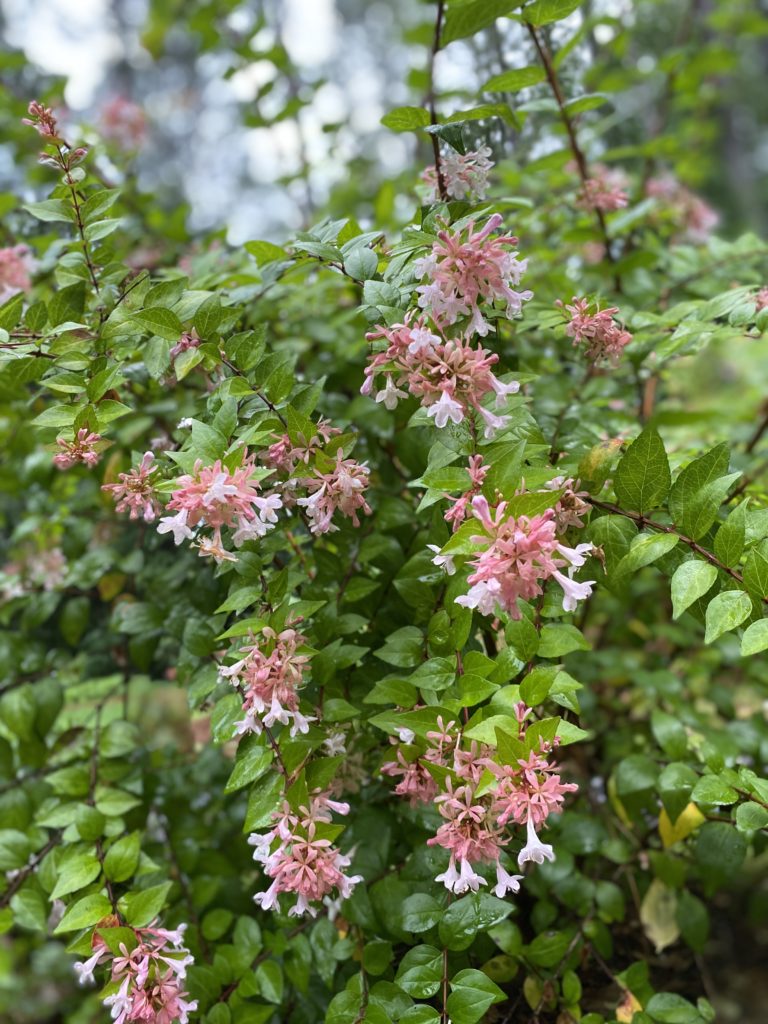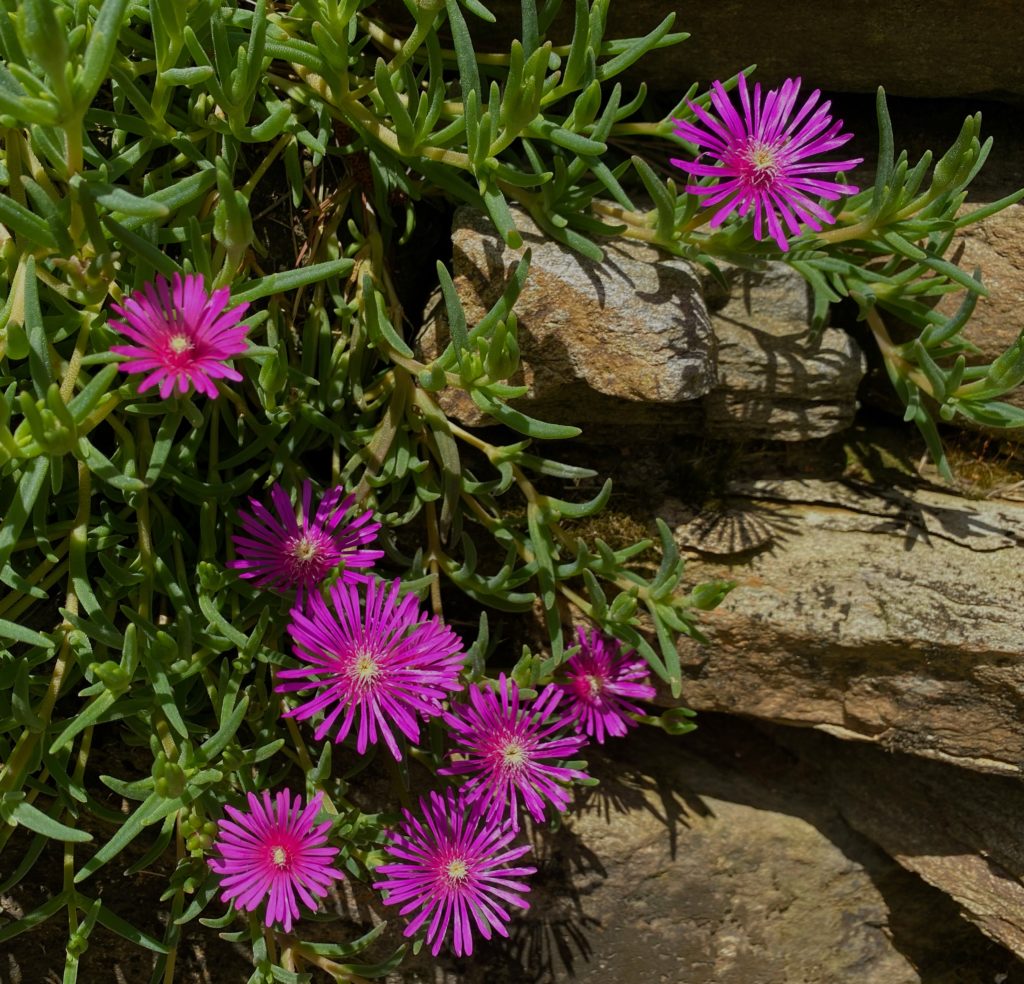
Having now gardened in three states — Kansas, Georgia, and Alabama, I’ve come to this conclusion: You don’t really know anything about a new garden space until you’ve been digging and planting and sweating and killing plants for at least three seasons. Maybe longer. The act of growing things on any parcel of land will, at some point, leave you feeling uninformed, uninspired, and in need of an alcoholic beverage.
This is a tale of two pieces of land. One in Georgia, where I spend most of my time, and one in Alabama, where nature reminds me that I still have much to learn about growing plants, despite the fact that I wrote a book about this very topic.

When you decide to start gardening in a new place, you observe, study, and plan. You watch the patterns of light and shade as the sun rises and sets. This will of course change through the seasons, so over time you begin to understand where the sun will bake your plants in the middle of summer, and also where you might have a bit of shade to work with. There will be a point in time when you feel ready to decide to make the leap and plant shrubs and trees for structure, and vegetables for summer meals. This is when the gardening journey really begins — as your spade breaks ground.
Georgia Clay
If you garden in Georgia, you begin with the assumption that you’ll be digging through horrible red clay, and in my new yard that was quickly confirmed — but it’s never quite that straightforward. Your soil, which is at the core of everything you will do in terms of gardening, will start to reveal its true character as you dig below the surface. Prepare a planting hole for a five-gallon shrub, then move four feet away and who knows what you will find as you dig. You might find the almost loamy clay created by years of fallen leaves and pine needles, or you might find compacted soil filled with tree roots.
I’ve learned over the years that I have areas that become rock hard in summer as nearby thirsty trees absorb every bit of moisture from the soil. Others stay water-logged for much too long after a rainstorm. Last summer I watched a very expensive shrub slowly wilt in the water-logged muck created by ten days of rainfall. I learn something about this piece of land every time I kill a plant.

Let me assure you, there is good news in all this plant drama. No matter what soil conditions you find, there is an opportunity to grow something that will likely thrive there. At my Georgia home, mounded gravel and clay planting beds along a path that were created by the previous owner caused me some months of worry. Should I take them out and start over? It seemed unlikely that I would have a showy garden area in those beds, but I soon realized that my new shrubs loved the soil mix. Today they are filled with an assortment of plants that thrive in the free-draining soil (sedum, salvia, euphorbia, lambs ear, rosemary, abelia, nepeta). Those problem areas in my garden that stay soggy for weeks have allowed me to try plants and bulbs I’ve never grown before (chelone, anise, camassia, cardinal flower, carex sedge grass, zenobia).
Sand, Clay, and Disappointment
In Alabama, we built a lake home in an area called Sandy Creek, which is a clue for anyone attempting to garden there. Stubborn red clay gives way to a sand-clay mix as you approach the lakeshore, which is wonderful to dig in, but rainfall (and nutrients) drain out of the soil quickly, leaving everything parched in mid-summer. I have killed more plants there than anywhere else I have gardened. My landscaping plans at this property aren’t ambitious at all –- shrubs and groundcovers to hold the soil on banks around the property where we cannot have lawn. Herds of deer frequent the area, adding to my general anxiety about planting anything at all.
After five years of experimenting I’ve settled on tough, deer-resistant plants: Russian olive, wax myrtle, tree germander, yarrow, lambs ear, and false indigo, along with a few tough evergreen viburnums that seem to be hanging in there, despite occassional deer browsing.

Aster, liatris, coreopsis, and black-eyed Susan, all native to this area, grow happily in a broom sedge meadow along our gravel driveway, where there is more clay than sand, and I’m happy to let nature dictact the plants growing in this area (with a few exceptions).
Today I’ll be pulling out wild blackberry and pine seedlings before the weather starts to heat up next month. Even so, things will get away from me by mid-summer. My vision of a meadow planting has been replaced by something a bit more realistic. The land will grow what she wants, mending the bare spots left from construction of our home. I’m now content to wait and see what she has to show me through the seasons.
Finding Plants That Thrive in the Extremes of Wet and Dry
So once you understand the areas of your garden that tend to be extra dry in drought, or extra wet when rainy weather persists, you need to come up with a plant list tailored to your conditions.
Unfortunately, the small plastic plant tags you will find at your local nursery are often short on information. Nurseries just want you to buy the pretty blooming plant, so the small plastic tags stuck into a quart-sized perennial will often tell you that a plant prefers “moist, well-drained soil”. The fact is that many of the plants we gardeners love would prefer moist well-drained loamy soil. I’ve never encounted this mythical, perfect soil. If you garden in loamy soil, you are indeed blessed.
Before you buy a new plant, spend a few minutes learning a bit more about its native range. It’s perfectly okay to stand in the plant aisle and google it. If the plant in question originates from the sun-scorched fields of Mexico, it is not likely to thrive in soil that tends to stay waterlogged after many days of rain. Instead, it likely wants lots of warm sun and dry to medium soil. If it grows naturally on river banks in the Northeastern U.S., it likely will prefer consistent moisture, possibly with a little shade in the heat of summer. A quick internet search on your phone can save you from making an expensive mistake.
So when you’re making your plant wishlist for a new garden space, take the extra step and do a bit of research. If you need a bit of insurance for areas that might have a tendency to be extra soggy in wet weather, or super dry in drought, you can find plants that will survive in these extremes. Eventually you’ll arrive at a plant palette that works well for your unique garden space.